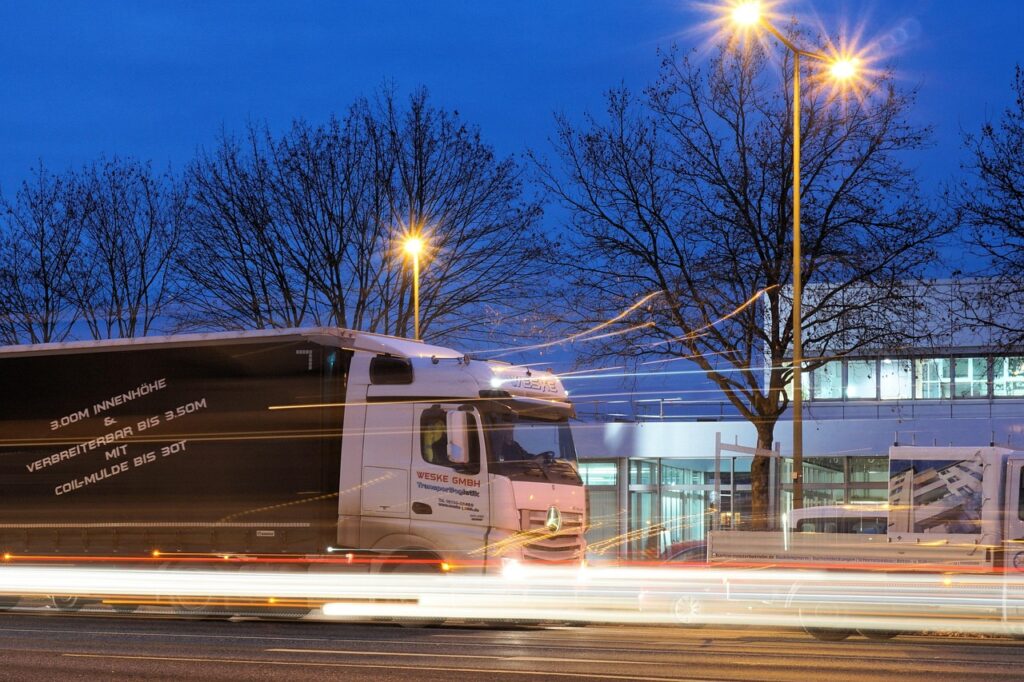

Moving goods from point A to point B is no longer the only thing the logistics sector does; it is also become faster, smarter, and greener. Now that 2025 has arrived, companies are reconsidering their approaches to customer happiness, transportation, and warehousing. Whether you are a startup founder or an experienced supply chain professional, staying up to date with the newest trends is imperative.
The top five logistics trends influencing how we transport goods this year are as follows:
Warehouses Are Being Overtaken by Hyperautomation:
In 2025, hyperautomation—from robotic arms to AI-powered inventory systems—is expected to take over the warehouse floor. Enhancing efficiency, lowering error rates, and expediting fulfillment are more important goals than merely replacing human labor.
Things to Keep an Eye on: Automation is becoming more affordable for mid-sized enterprises because of robotics-as-a-service (RaaS) models.
Green Logistics Is Not Just a Catchphrase:
Today, sustainability is more than just a “nice-to-have.” It is a must for business. In order to reduce emissions, businesses are employing recyclable packaging, investing in electric delivery vans, and streamlining routes.
Fun Fact: According to a recent Deloitte survey, brands with sustainable supply chains have 20% more loyal customers.
Building Decisions Based on Data and Predictive Analytics:
Predictive analytics surpasses real-time data in its power. AI and historical data are being used by logistics companies to forecast demand, anticipate delivery delays, and optimize routes well in advance of problems.
A real-world example is Amazon, which pre-ships things before a customer ever places an order using predictive logistics. The power of data is in that!
The Development of MFCs (micro-fillment centers):
Businesses are moving from big central warehouses to smaller MFCs nearer to urban clients in order to meet the demands of ultra-fast delivery. This significantly shortens delivery times and lessens the last-mile load.
Trend insight: More partnerships between retail establishments and 3PL providers for shared fulfillment locations are likely to emerge.
LaaS, or logistics as a service, is the new standard.:
Logistics outsourcing is now a strategy rather than a backup plan. Businesses of all sizes, from start-ups to major retailers, are using LaaS platforms like Sakshi3plservices to manage end-to-end logistics so they can concentrate on their main operations.
Why It Matters: LaaS provides cost-effectiveness, scalability, and flexibility, particularly for D2C and e-commerce firms.
Agile networks, cleaner delivery, and more intelligent moves are the key themes for 2025. Being ahead of these trends can provide you with the competitive advantage you require, whether you are adopting automation or turning green. We at Sakshi3plservices are already adjusting to these changes in order to provide logistics support that is quicker, more intelligent, and more sustainable—around-the-clock.
🔗 Do you need assistance changing your logistics plan? Visit www.sakshi3plservices.in to discuss.
